When thinking about a trip to Spain, it makes sense to consider Madrid as a destination. The Spanish capital indeed has a lot to offer, in terms of culture, gastronomy, shopping and lifestyle. But why not add another level to your stay, by taking day trips from Madrid?
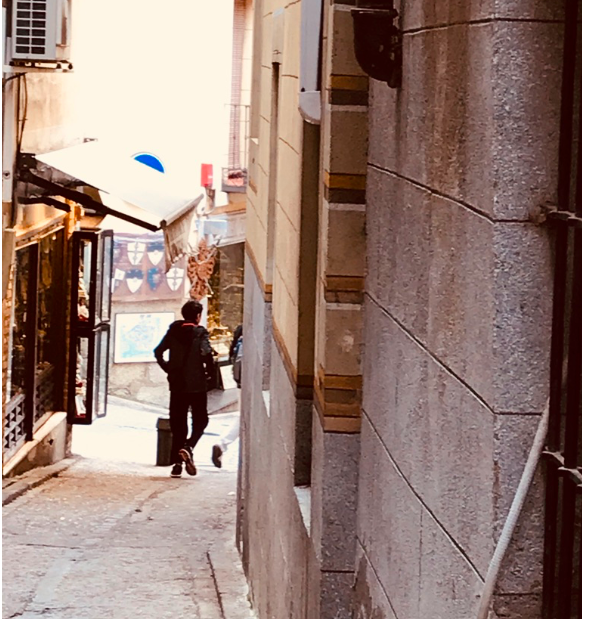
In Spain there are no less than 15 cities that are listed as world heritage sites by UNESCO. Three of these, Toledo, Ávila and Segovia are perfectly reachable and close enough to Madrid for a day trip, should you not wish to remain overnight.
To avoid the worst heat and make the most of its cultural values, these day trips from Madrid are particularly pleasant in the spring, as well as during autumn between September and October. Direct and connecting flights to Madrid-Barajas are available throughout the year, from a wide array of international airports.
Three Places that are Perfect Day Trips from Madrid:
Toledo

Toledo is the capital of the Spanish region Castilla-La Mancha and was previously the capital of Spain. Its name comes from the Latin word toletum, which means “rise.” This refers to the city’s strategic location on a hill and surrounded on three sides by the river Tagus, as well as by protective walls.
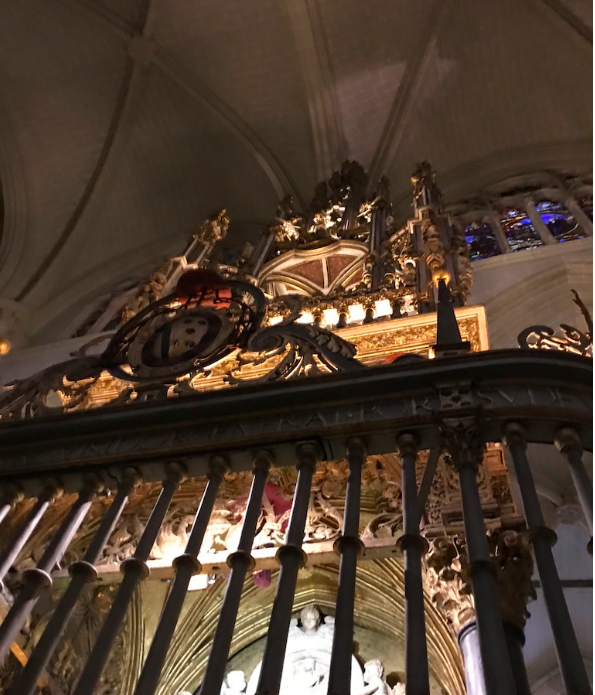
In 1986 UNESCO declared Toledo a world heritage site due to its impressively rich history. Here three cultures–Jews, Christians and Muslims–coexisted in harmony and respect throughout the centuries. The Jewish Quarter is still one of the most important ones in Spain, and one of the bigger Jewish Quarters in Europe. You can visit the El Tránsito, Santa Maria la Blanca (originally known as the Ibn Shushan Synagogue) and the Sofer synagogues. Passing through the cobblestoned alleys, you should keep an eye open for the characteristic blue and white Hebrew symbols on houses and on the ground.
Over the years, like most other historic cities, Toledo has been destroyed and rebuilt several times. The current picturesque city centre mainly originates from the 15th century. It can be viewed in a beautiful panorama perspective from the El Valle area, in the south of the city. At its highest point you will see the mighty fortress Alcázar, which is significant for the city skyline.
As a day trip from Madrid, one of Toledo’s most prominent attractions is without a doubt the cathedral, which is set at the heart of the city centre. Erected between the years of 1226 and 1493, the cathedral features an eclectic architectural style, with elements of Gothic, Renaissance, Baroque and Neoclassicism. Covering an area of 10 000 square metres, this is the second largest cathedral in Spain. It has more than 700 beautiful mosaic windows as well as two organs that are still in use. It is said that at approximately the same spot where the cathedral is now situated, there has previously been a Roman forum, a Gothic temple, and also a mosque.
In one of the cathedral’s chapels is kept the monstrance made by Enrique de Arfes. The monstrance, which largely consists of pure gold and silver, is an elaborately ornamented religious object in three pieces. It is about two and a half metres high and decorated with around 260 images. It has a leading role in Toledo’s Corpus Cristi celebrations. This celebration takes place on a Thursday, 60 days after Easter, and is a main event of the city’s cultural agenda.
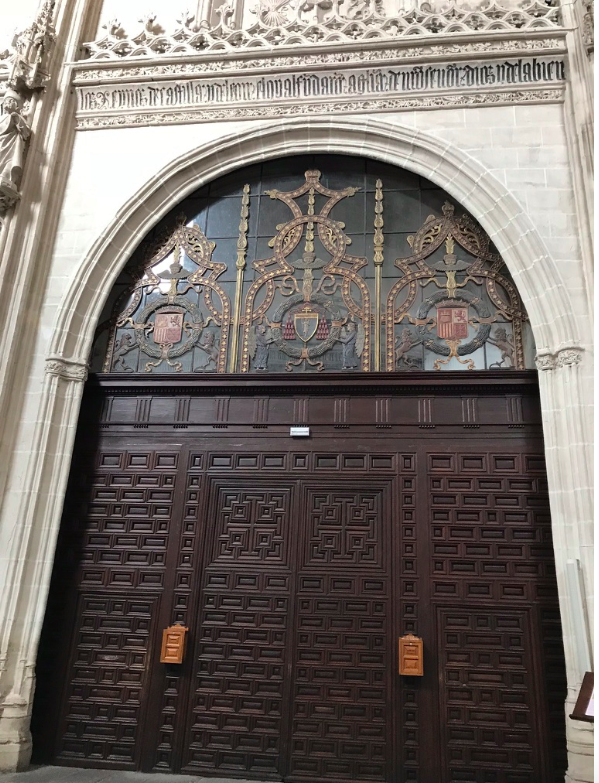
Art is an essential part of Toledo’s DNA and the cathedral is one place to experience it. Here you will find a large selection of paintings and sculptures from artists like Goya, Tizziano, Tristían, Raphael and Velásques. There are also pieces by El Greco, who lived in Toledo from 1570 and up until his death in 1614. El Greco is firmly associated with Toledo and therefore has a museum dedicated to him, located in what used to be the Cretan painter’s home.
Toledo is known for its steel manufacturing, with skilled blacksmiths forging swords and armours during one generation after the other. But the city also has a great tradition in terms of jewellery and damascening, where strands of gold and silver are intercalated into iron and steel pieces, thus forming beautiful filigrees, decorative metalworks.
Examples of local culinary specialities include marzipan, manchego cheese, game meat, pisto (a vegetable stew), as well as migas, a traditional dish made of leftovers of meat or sausage mixed with old bread. Make sure to try a glass of regional DOs La Mancha or Méntrida wine to go with your meal.
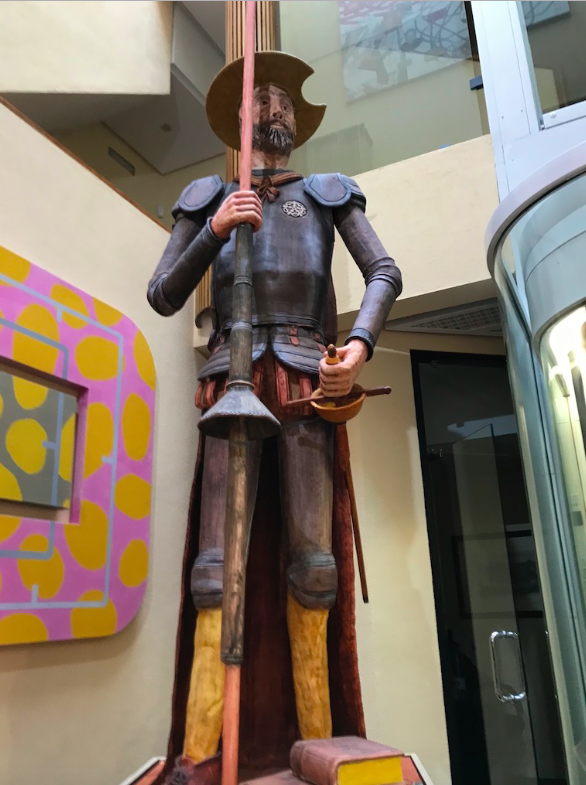
Getting to Toledo as a day trip from Madrid is easy. It is less than an hour’s drive, a 30-minute train ride or one and a half hours by bus. For overnight stays you have plenty of choices in terms of accommodation, with anything from small family-run hotels and budget options, to luxury establishments in historic mansions. And of course, the Parador.
Ávila

Ávila is located at the heart of Spain, just over 100 kilometres west of Madrid. It is the capital of the Ávila province close to Madrid. This historic city has been listed as a UNESCO World Heritage site since 1985, due to its well-preserved medieval city wall, which is the most intact of its kind throughout the country. Set on a small mound 1127 metres above sea level, Ávila also happens to be the highest-situated provincial capital of Spain.
Ávila’s wall is an emblematic feature of the city. It was built in granite in the 11th century and measures about two and a half kilometres in total, with over 90 towers and nine gates. Today, the top of the wall is open for visitors and it is possible to walk along large stretches of its perimeter.
In Ávila’s city centre, there are several churches and other religious buildings. Here you will find the Roman Gothic San Vincente church, as well as the fortified cathedral from the 12th century, which is considered to be the first gothic cathedral in Spain.
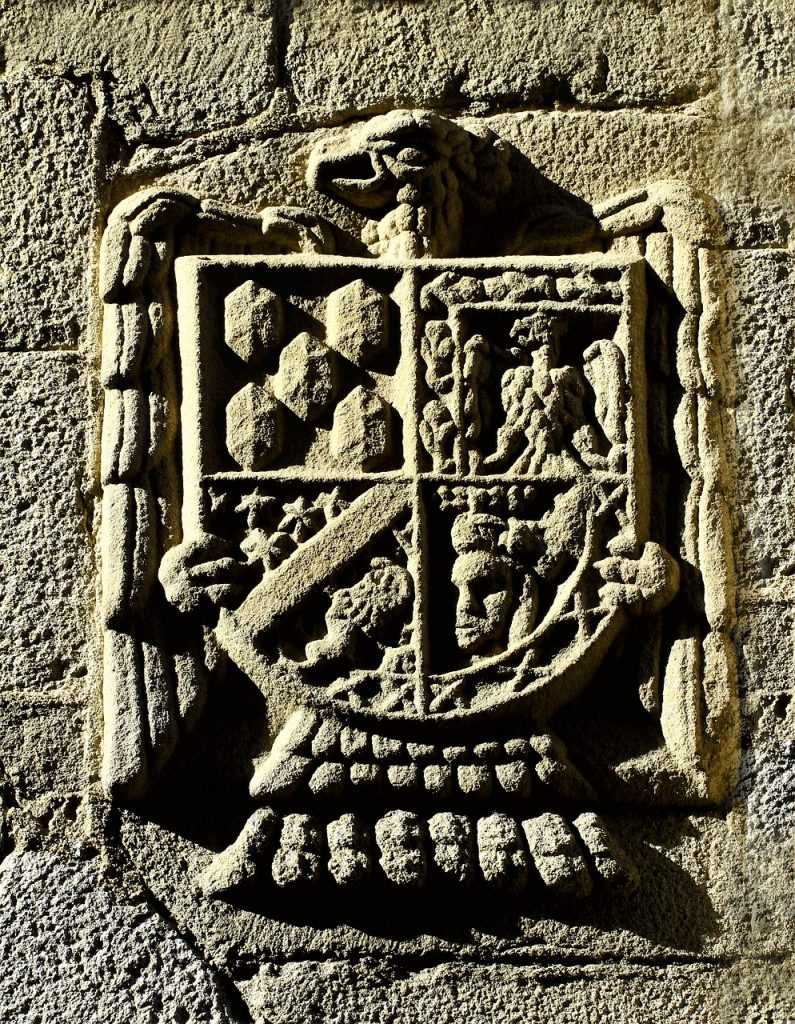
Ávila was the birthplace of Santa Teresa, a nun, author and mystic, who lived in the 16th century and was active within the Carmelite Order. She was the founder of numerous monasteries and her books are still used by a variety of cultures and religions. The Carmelites eventually built a church and a cloister on the same location where Santa Teresa’s family home previously stood. Today, there has also been a museum added in the cellar vaults. This is a popular sight for tourists looking for an interesting offbeat day trip from Madrid.
Ávila’s architecture is defined by many palaces, often from the 15th century, which have now been converted for different purposes. For instance, the UNESCO national office of Spain sits in one of these palaces, and so does the four-star hotel Parador the Ávila. Paradores de Turismo de España is a state-owned hotel chain. The hotels are often in historical buildings. The very first branch was opened in 1928 in Gredos, about 60 kilometres southwest of central Ávila.
Other examples of how the old palaces of Ávila are being used today comprise restaurants and cultural outlets, such as the Palacio de Superunda in Renaissance style from the late 16th century. The latter was bought in the 1900s by Italian painter Guido Caprotti, whose works are now exhibited on the premises. In 1992, it was declared a national monument. Typically, the palaces are centred around a small patio, surrounded by a tiled portico with beautifully bedecked stone pillars or columns and balconies.
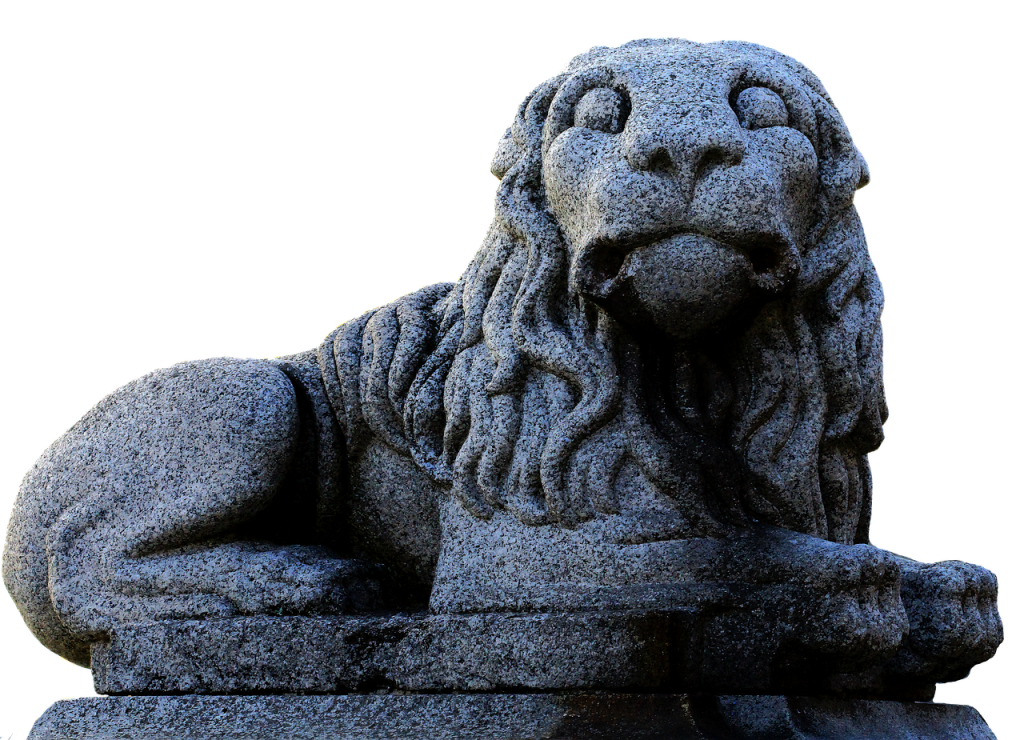
Distributed through Ávila’s city centre you will find several animal statues, for instance lions, bulls and pigs. Some of these are more than two thousand years old and were originally used to mark areas with good pastures. Others have been manufactured more recently.
Ávila has an eclectic cuisine, including high-quality meats and produce from the region. Meat is generally roasted, fried or cooked on the grill, with veal as a signature dish. Vegetables are often used for starters and the most well-known dessert is the yema, a round orange pastry consisting of egg yolks and syrup with lemon juice and cinnamon, which is made in honour of Santa Teresa.
Since it is about a 90-minute commute to Madrid by train or car, part of Ávila’s population works in the capital city of Spain. For a tourist, this cultural gem offers an excellent option as a day trip from Madrid.
Segovia
The northernmost of the three world heritage cities close to Madrid is Segovia. It sits just under 90 kilometres northwest in the region of Castilla-Léon. The first thing that strikes visitors when arriving here from Madrid is undoubtedly the Roman aqueduct, which is the reason for Segovia being listed by UNESCO, in combination with its well-kept historic centre.
Segovia’s aqueduct is nothing short of an architectural masterpiece. It was constructed in the first and second centuries AD and has a total length of more than 16 000 metres, beginning at the source of water in the mountains. The most obvious part of the monument in the city centre covers about 800 metres. It has 120 pillars in total, 167 arches and a maximum height of 28 metres.
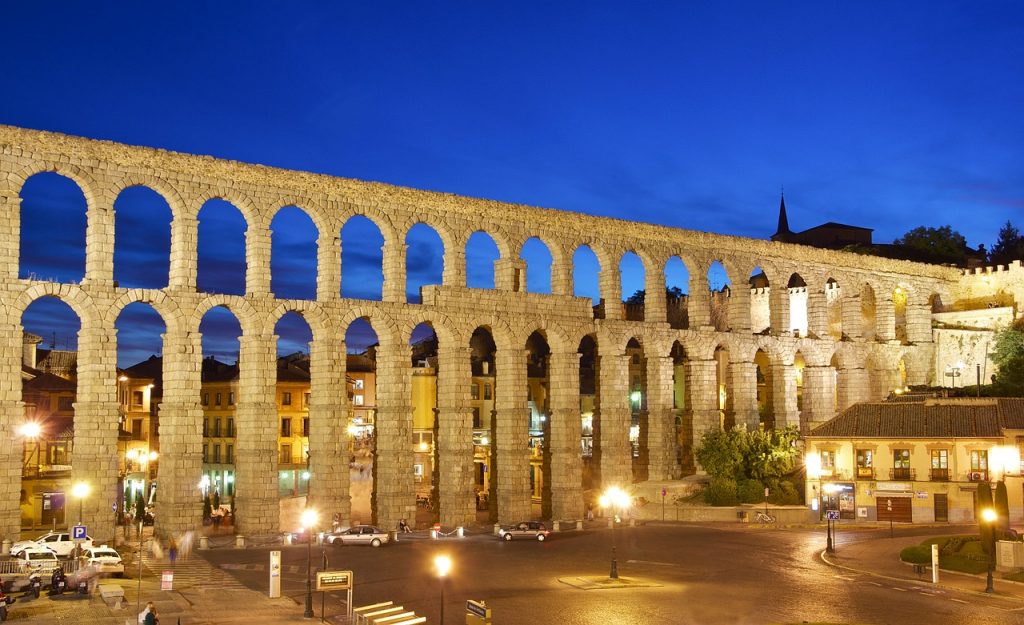
While the Romans would like to think that the Segovian aqueduct is their creation, there is also another story to it. Legend has it that the devil made a deal with a local girl, who worked as a water carrier. He would get to keep her soul if, during the night, he found another means of transport for the water. The devil worked frantically on the aqueduct but missed his deadline by just one stone. The girl was free to go and as a bonus, Segovia now had a new signature landmark.
Another remarkable sight in Segovia is the castle, the Alcázar. It is placed in the very west of the city centre. If you ever wondered where all those Sleeping Beauty fairy tale castles came from – look no further. Perched on a hilltop overlooking the confluence of the two rivers of Clamores and Eresma, the Alcázar of Segovia is adorned with all the necessary turrets and pinnacles. It was built between the 11th and 16th centuries. Today it is one of the most visited tourist attractions in Spain.
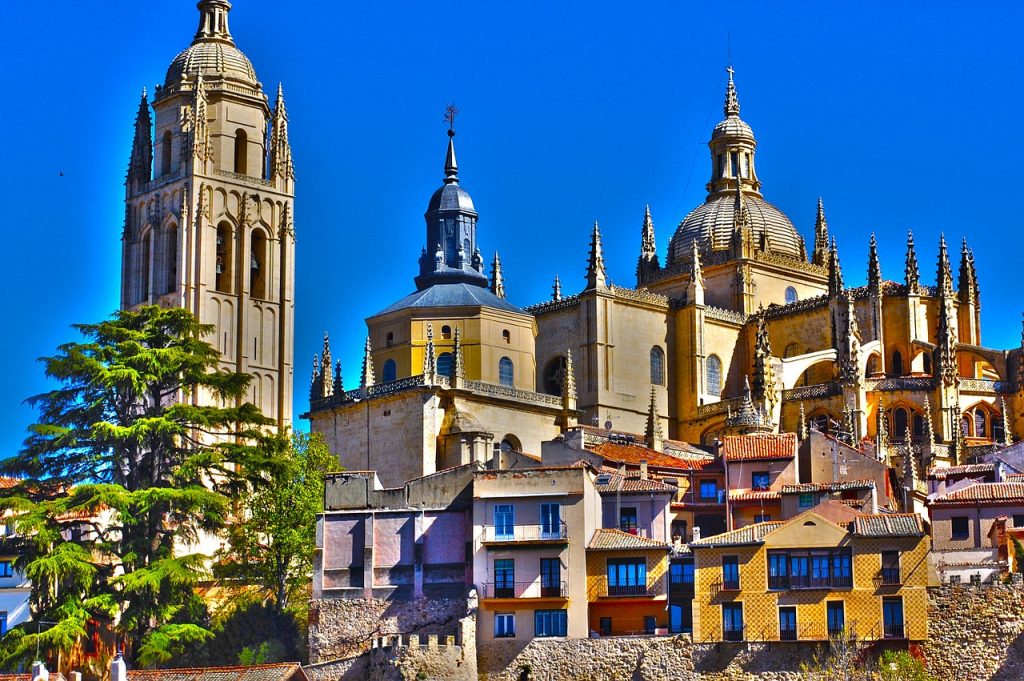
From the Alcázar it is a pleasant stroll back through the idyllic streets and ginnels of the town centre, toward the main square and the aqueduct. Many of the houses are decorated with esgrafiados, relief geometrical patterns or figures like dragons or humans. This is a typical feature of the city’s architecture. On the way you are likely to pass the Jewish Quarter. Similar to the Jewish Quarter in Toledo, it is marked with Hebrew symbols. You will also pass the Cathedral, which has become known as the Dame of Cathedrals, due to its exceptional gothic beauty.
At the square by the aqueduct is located Mesón de Candido, a family-run restaurant founded in 1786. Here you can sample one of Segovia’s most famous culinary treats, baked piglet, which is cooked whole in a clay pan. Traditionally, the soft meat and crunchy skin should be possible to cut with a plate, rather than a knife. Then it is prepared to perfection. To compliment your food, perhaps try a local wine of DO Ribera de Duero or DO Rueda.
Segovia is well connected to Madrid. The high-speed train only takes half an hour from the Chamartin station, while going by car or bus requires about 60 or 80 minutes respectively. Enjoy the ride!
Earn EuroBonus Points on Your Day Trips From Madrid
No matter what day trips from Madrid you choose to take, your SAS Travel Wallet will help you earn EuroBonus Extra points on almost every purchase. The reloadable digital wallet holds 12 foreign currencies and comes with a prepaid Mastercard.
———————







